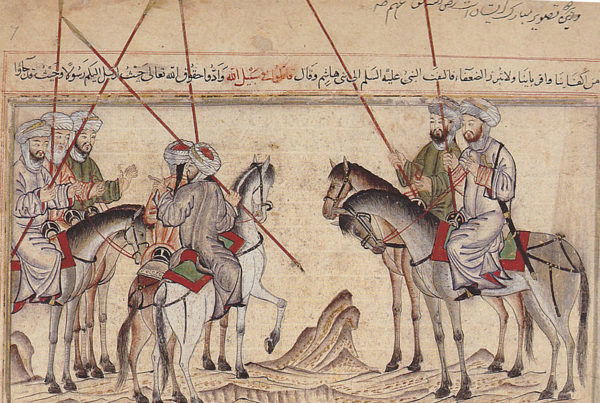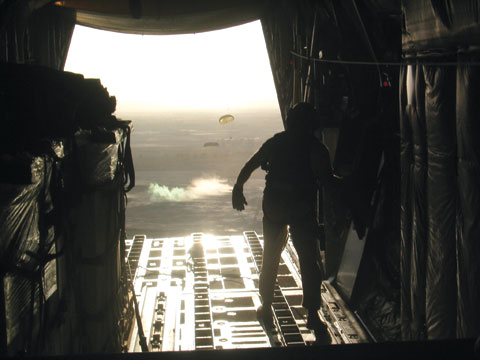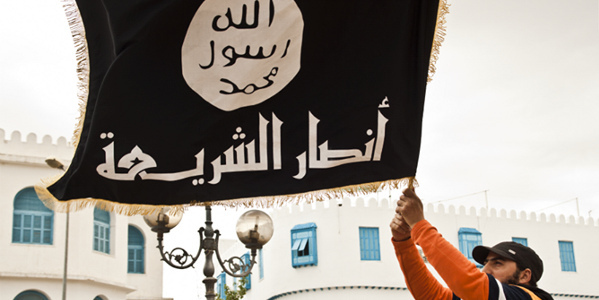Although the Jihad confronting the world today had been brewing for decades, 1979 marks the year it really began. Most people can recall the Iranian Revolution in January, when Marxists and Mullahs overthrew the Shah and then turned on each other – to the great detriment of the Leftists. The escalating civil war in Afghanistan also led to the Soviet invasion in December of that year, and most of us can recall how the resulting resistance to one evil was the midwife to another. There was also a third episode that marked the birth of the global Jihad, and it has been almost forgotten.
Yaroslav Trofimov’s The Siege of Mecca (Doubleday, New York, 2007) describes what happened. In November of 1979, the annual Hajj was underway when a large gang of Wahhabi gunmen launched a long-planned revolt against Saudi rule by seizing the Grand Mosque in Mecca. Attempts by Saudi authorities to retake the central Mosque of Islam failed, until French ‘advisors’ and a quantity of poison gas was used to flush out barricaded rebels. After 14 days of fighting, much of the Grand Mosque was in ruins and while Saudi figures on the death toll are vague, at least 1,000 people died.
Trofimov’s straightforward reportage about the siege also mentions much of the fallout of this affray. Predictably, with the cognitive dissonance that substitutes for reason on the Arab street, the US was blamed for the siege, and US embassies were attacked by mobs, not least in Tehran, where the notorious hostage taking of 1979-80 began. The Saudis, stunned by the revolt, also accelerated their attempts to buy Wahhabi cooperation by increasing their share of the Kingdom’s oil wealth and directing their attentions externally. Al Qaeda and the international Dawa missionary movement to the Muslim immigrant communities in the West are two of the results.








